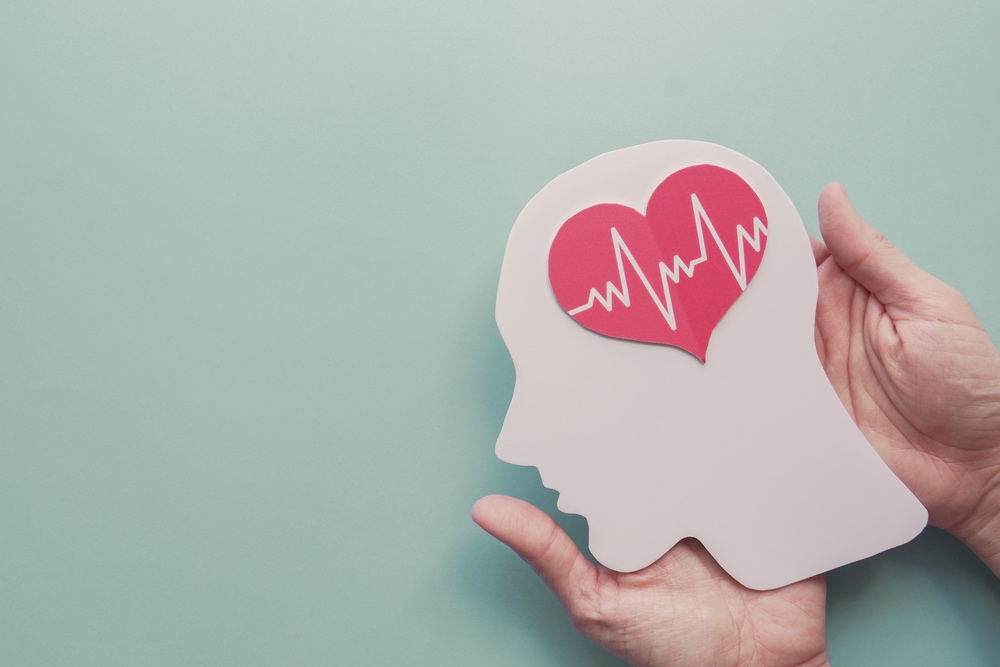EXPLAINER: What is hemorrhagic stroke, and what’s the best way to prevent it?
Arnold Clavio opened up about surviving a hemorrhagic stroke following a “slight bleeding” in the left part of his brain—a health scare he referred to as a “life-changer.”
In an Instagram post, the veteran broadcaster shared that his left arm and leg began feeling numb while he was driving home from a golf session in Rizal. He knew he had to bring himself to the nearest hospital when he stood up and had difficulty walking.
Upon seeking immediate medical assistance, doctors found that his blood pressure went up to 220/120 and his blood sugar reached 270.
His CT scan then showed some bleeding in his brain. “Doon nakita na may ‘slight bleeding’ ako sa kaliwang bahagi ng aking utak. At sa oras na ‘yon, ako ay nagkaroon na ng hemorrhagic stroke,” he shared.
What is hemorrhagic stroke?
According to neurologist Dr. Miguela Marie Señga, a stroke is a “disease caused by a problem in the blood vessels supplying our brain.” They “can either be blocked or ruptured,” she added.
"When this happens, the part of the brain that is supplied by that blood vessel gets damaged because there is no more delivery of oxygen and nutrients to the area affected," she said. "The normal function of the part of the brain that gets damaged becomes lost. For example, if the part of the brain responsible for movement is affected, it results in weakness or paralysis."
When one experiences a hemorrhagic stroke, a blood vessel “ruptures, spilling blood into the brain tissue forming a hematoma, which can be big or small,” explained Señga.

The neurology expert said its signs and symptoms depend on which part of the brain is affected, though the most common ones include but are not limited to one-sided weakness or numbness, slurred speech, facial asymmetry, and drowsiness.
Señga stressed the importance of keeping in mind the acronym B.E.F.A.S.T. in recognizing a stroke, which stands for Balance, Eyes, Face, Arm, Speech, and Time.

“Depending on its size and location, a hemorrhagic stroke in particular can present from mild symptoms to more deadly ones. Large hemorrhagic strokes or those located in certain parts of the brain (like the pons, or intraventricular involvement) are more life-threatening,” she told PhilSTAR L!fe.
The neurologist said a mild hemorrhagic stroke can be treated with medications to relieve the increased pressure in the brain, but a large one needs surgery. “Rehab will then follow if the patient survives with remaining deficits,” she continued.
The best way to prevent a hemorrhagic stroke, according to Señga, is by addressing its root cause, which is hypertension. “You have to make sure that your blood pressure is normal at all times,” she stressed.
Managing hypertension
Dr. Paolo Villanueva, who specializes in cardiology, refers to hypertension as the “elevation of the systemic arterial blood pressure.” According to cardiologist Dr. Jeffrey De Jesus, this is when the blood pressure goes up to more than 130/80.
Cardiologist Dr. Marcellus Ramirez said hypertension is dubbed as a “silent killer” as it’s the most important risk factor for heart disease and stroke. It’s also one of the leading causes of death in the country.
He noted that most commonly, there are no symptoms of hypertension. “This makes it more dangerous as it goes undetected,” he said. In some cases, however, there are “non-specific symptoms” such as headache, dizziness, and lightheadedness as well as serious complications like heart failure and stroke.
Hypertension is mainly detected by measuring the blood pressure in the arm via a traditional manual or automatic blood pressure monitor, according to Villanueva.

It’s best to seek medical help when one’s blood pressure is high. But Villanueva noted that there’s no need to panic while waiting for assistance or for medications to take effect. “Just relax, sit back or lie down, take a deep breath, listen to some music or do whatever it is that makes you feel at ease or peaceful,” he said.
Living a healthy lifestyle helps one prevent hypertension. “Avoid sweets as well as salty and fatty goods,” De Jesus said, adding that avoiding smoking and alcohol could also help with its prevention.
“Regular visits to the doctor could help keep your blood pressure in check, too,” he added.
For better control, Ramirez said that lifestyle modification can also be combined with maintenance medications called anti-hypertensives.


